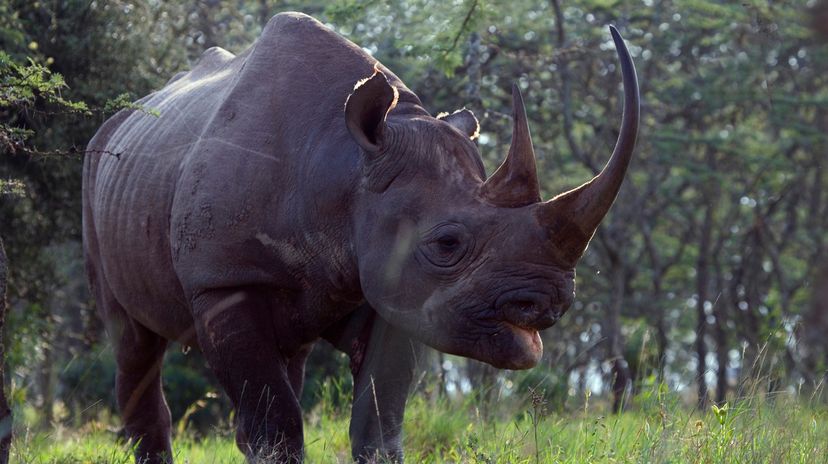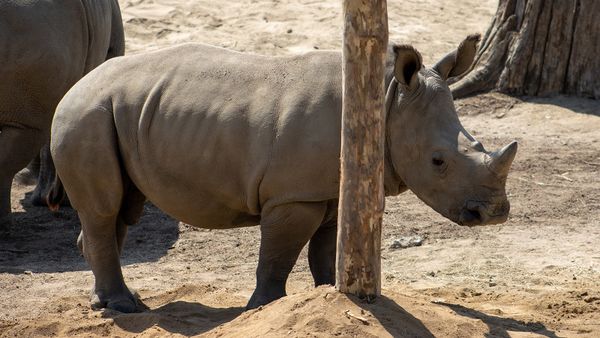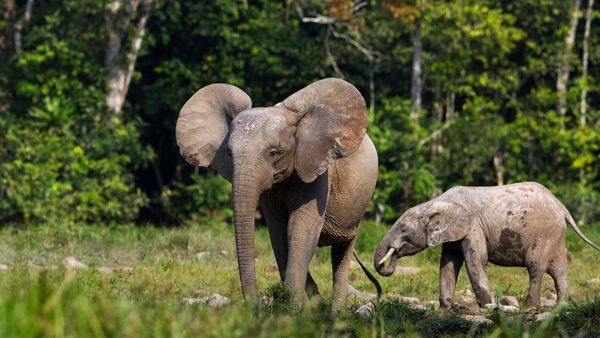
Key Takeaways
- The black rhino, also known as the hook-lipped rhinoceros, is critically endangered with fewer than 6,500 individuals left due to poaching and habitat loss.
- These rhinos are native to the savannas and shrublands of southern and eastern Africa and are distinguished by their prehensile upper lip, which they use to grasp food.
- Conservation efforts, including anti-poaching measures and habitat protection, have helped stabilize and slightly increase their population in recent years.
The black rhino is one of the rarest animals on the African continent — but it wasn't always. At the beginning of the 20th century, there may have been a million black rhinos across Africa.
Learn more about this unique species and the conservation efforts underway to save it.
Advertisement
Advertisement

